The Basics Of Poker Probability & Maths
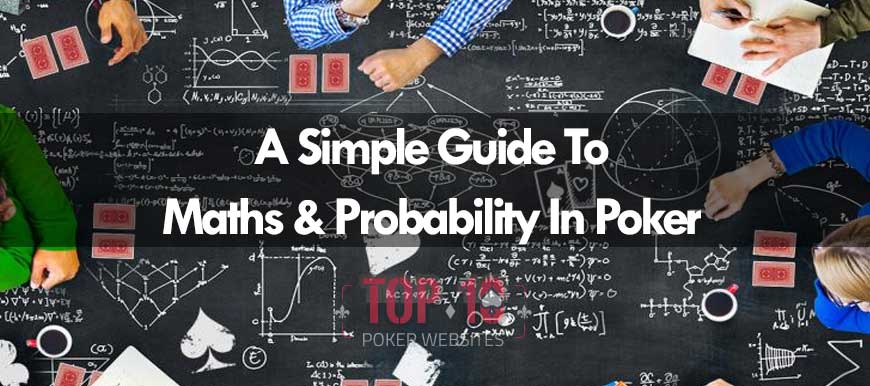
They say that math is the fabric of the universe, and while we cannot vouch for that – what we can tell you is that math is certainly what makes Poker tick! The game of Poker involves a lot of odds and probability collection at every step along the way, and even though there is an undeniable psychological aspect to the game, math is still the predominant factor in Poker.
In this article, we will take a look at the overview of probability and how it works in connection with Poker. Things like – what are the odds of being dealt a certain hand, or what are the odds of probability of winning with a specific hand? Etc.
Do you really need to understand the math behind pot odds and Poker odds in general to be able to play Poker? Well, not really! But if you want to be a substantially improved player who can make rational and logical decisions based on math and not emotions or “gut feelings” then comprehending the probability in Poker will take you a long way.
| Rank (best 5 of 7) | Frequency | Probability |
|---|---|---|
| Five of a Kind | 9900 | 0.00991% |
| Straight Flush | 33330 | 0.03337% |
| Four of a Kind | 709500 | 0.71032% |
| Flush | 992070 | 0.99322% |
| Full House | 6840000 | 6.84792% |
| Three of a Kind | 7619500 | 7.62832% |
| Straight | 9956100 | 9.96762% |
| Two Pair | 34629000 | 34.66908% |
| One Pair | 33448800 | 33.48751% |
| No Pair | 5646200 | 5.6273% |
| Total | 99884400 | 100.000000% |
What is probability?
First things first, it is important to understand what probability is. Probability is a whole area or mathematics by itself. As the name suggests, it is the calculation of the likelihood of something happening.
For instance, if you were to toss a coin, there are 50% chances that it may land heads and 50% chances that it may land tails. Now 50% is the probability that the coin will land in heads, and the probability that the coin will land in tails is also 50% in this example.
Applying probability to cards
In this example above, the outcome is only one of two – either the coin will show heads or tails after it is flipped. However, things can get a little more interesting with a pack of cards, a standard pack of cards has 52 cards in it, and so the calculation of probability does get slightly more convoluted.
Consider this, not only does a standard deck of bicycle cards comprise of 52 cards, but these cards are further classified but ranking and suits. There are four suits, namely, clubs, diamonds, hearts and spades. There are also thirteen different rankings (A, 2, 3, 4, 5, 6 7, 8, 9, 10, J, Q, K).
Therefore, you can now deduce that the odds of being dealt a card of rank King as your first card is 1 in 13. Likewise, the chances or probability of being dealt a card that belongs to the suit clubs as your first card is 1 in 4.
That seems simple enough. However, once a card or a few cards have been dealt already, these probabilities are going to change depending on the hand that has been dealt so far. Let us assume you are at a casino poker table and the dealer deals you your first card which happens to be a Queen. Let’s also assume that the dealer is only using one standard deck of cards to host the game. So before you were dealt the queen, the probability that you would be dealt a queen as your first card was one in 13, however, now that the queen is in your hand, it means that the deck only has 3 queens left in it and 51 cards remaining in total, this means that the probability that you will be dealt a queen is now much lesser at 3 in 51, which translates to just 5.9%.
Odds of receiving a pair
Let us derive what the odds are that you will be dealt a specific pair. For arguments sake, let’s calculate what the odds are that you will receive a pair of jacks (even though these odds will, at first, be the same for all ranks).
First, as already discussed, we know that the probability that you will be dealt a Jack is 4/52 since there are four jacks in a pack of 52 cards. The chances that you will be dealt a second Jack are 3/51.
To get the probability of receiving both jacks, we will multiply the two probabilities, that is – ( 4 / 52 ) * ( 3 / 51 ) = ( 12 / 2652 ) which is the same as once every two hundred and twenty one times. Represented in percentage the odds of you receiving a Jack pair in specific is 0.45%.
Now, let’s take into consideration something with a higher probability – instead of calculating the probability of being dealt a specific pair, let us calculate the chances of being dealt any pair of the possible 13 pairs.
Since there are 13 possible pairs the probability is going to be ( 13 / 221 ) = 5.9%. Which of course is much higher than 0.45%.
Probabilities in Poker – the chances of your hand vs. your opponents’ hands
Since you don’t play poker by yourself and with just the dealer, there are going to be other players on the table which will make it necessary and a great skill to have to be able to determine hand vs. hand probability while playing – this will make your decisions statistically much more effective.
The table below illustrates some basic probabilities in poker for the majority of pre – flop scenarios.
| You Hold | Your Opponent Holds | Odds of you winning |
|---|---|---|
| High Pair | Two Low Cards | 83% |
| High Pair | Low Pair | 82% |
| Mid Pair | One High Card, One Low | 71% |
| Two High Cards | Two Low Cards | 63% |
| Two High Cards | Low Pair | 53% |
Pot Odds in Poker
An imperative concept in Poker and especially when it comes to calculation odds and probability is pot odds. Pot odds basically will give you the ratio between the next minimum bet to continue playing and the total size of the pot currently.
For example, let’s say a pot is $100 and if the next player to bet wants to stay in the running, then he or she should put up at least a minimum bet of $10 then the pot odds are 100 to 10 or 10 to 1. If the player does put in the bet, then the new pot is now $110 and the pot odds for the next player in turn will be 11 to 1.
It’s all about making the right decisions on a consistent basis
When you start to understand the concept of probability in Poker and start using it pragmatically and applying it to every decision you make, over time, you will inevitably become a much better poker player with a solid strategy. Of course, not every hand will play out per your calculations, that is just luck which you have no control over, but the more you play, and the more decisions you make using probability and math, the more you will win.
Paul Butcher is a works as professor during the day and currently contributes to write articles for top10pokerwebsites.net during his time off. Visit Paul’s google+ page here
Trending News
-
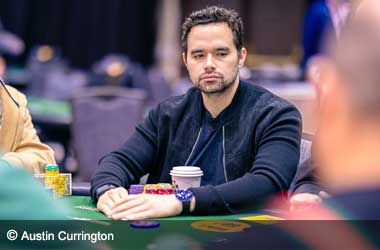
-
 12 November, 2025 Doug Ramirez
12 November, 2025 Doug Ramirez -

-
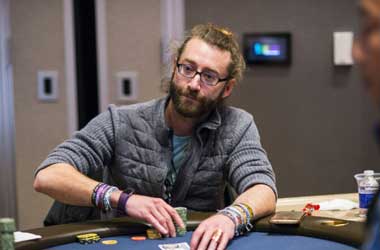 8 October, 2025 Doug Ramirez
8 October, 2025 Doug Ramirez -
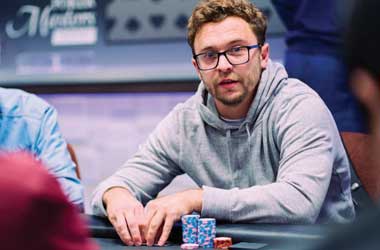 24 September, 2025 Doug Ramirez
24 September, 2025 Doug Ramirez -
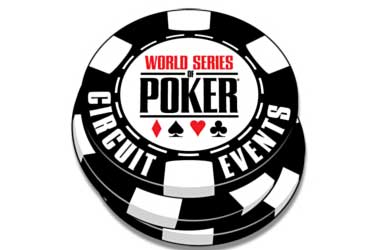 10 September, 2025 Paul Butcher
10 September, 2025 Paul Butcher -
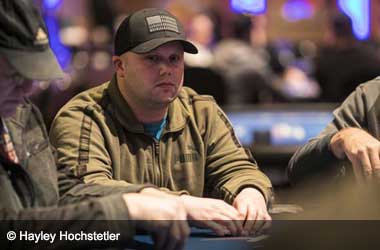
-
 23 July, 2025 David Walker
23 July, 2025 David Walker -
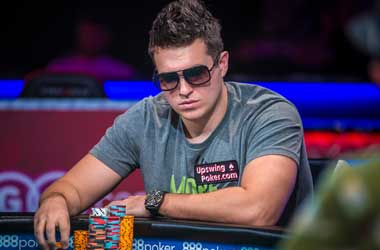
-
